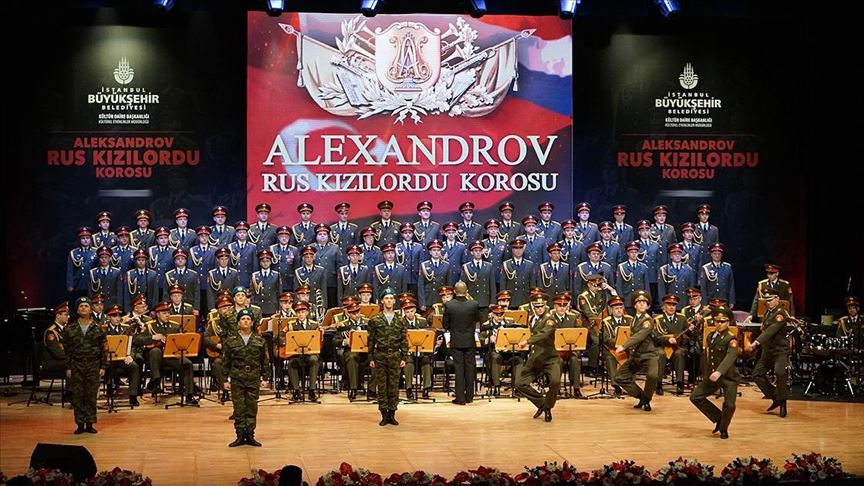

Mehmet Akif Ersoy, a well-known poet of the period, initially refused to participate due to a monetary prize being offered in the competition, but was subsequently contacted and convinced by the National Parliament to submit a poem and disregard the reward. The present-day anthem is a collective effort by several prominent poets, musicians, and composers that took form over several years due to the relatively tumultuous nature of the period in which it was crafted.Ī total of 724 poems were submitted. In 1983, the Turkish Republic of Northern Cyprus also adopted the Turkish national anthem under Article II of the Constitution of Northern Cyprus.

Of the ten-stanza anthem, only the first two quatrains are sung.Ī framed version of the national anthem typically occupies the wall above the blackboard in the classrooms of Turkish schools, accompanied by a Turkish flag, a photograph of the country's founding father Atatrk, and a copy of Atatrk's famous inspirational speech to the nation's youth from the concluding remarks to his 20 October 1927 address to the Parliament. Visual depictions can also be found adorning state or public displays, such as in the form of a scroll displaying the first two quatrains of the anthem on the reverse of the Turkish 100 lira banknotes of 19831989. The anthem is regularly heard during state and military events, as well as during national festivals, bayrams, sporting events, and school ceremonies. Notable in a patriotic piece of this nature is the absence of specific national references, as the anthem does not contain the words 'Turk' or 'Turkey'. The original manuscript by Ersoy carries the dedication Kahraman Ordumuza "To our Heroic Army", in reference to the people's army that ultimately won the Turkish War of Independence, with lyrics that reflect on the sacrifices of the soldiers during the war. Penned by Mehmet kif Ersoy, and ultimately composed by Osman Zeki ngr and Edgar Manas, the theme is one of affection for the Turkish homeland, freedom, and faith, as well as praise for the virtues of hope, devotion, and sacrifice in the pursuit of liberty, all explored through visual, tactile, and kinesthetic imagery as these concepts relate to the flag, the human spirit, and the soil of the homeland. 'Independence March') is the national anthem of the Republic of Turkey which was officially adopted on 12 March 1921 two-and-a-half years before the 29 October 1923 establishment of the nation both as a motivational musical saga for the troops fighting in the Turkish War of Independence, and as an aspirational anthem for a Republic that was yet to be established. Stiklal Mar (Turkish pronunciation: transl.


 0 kommentar(er)
0 kommentar(er)
